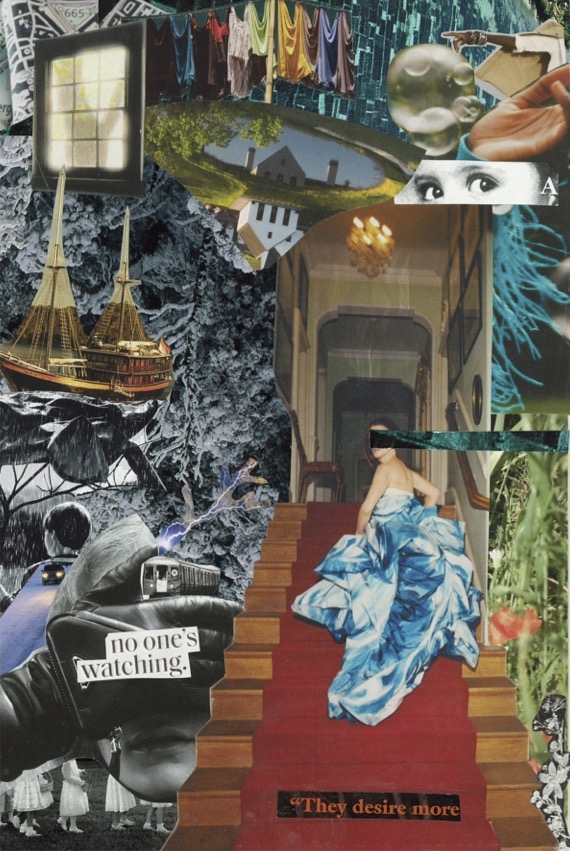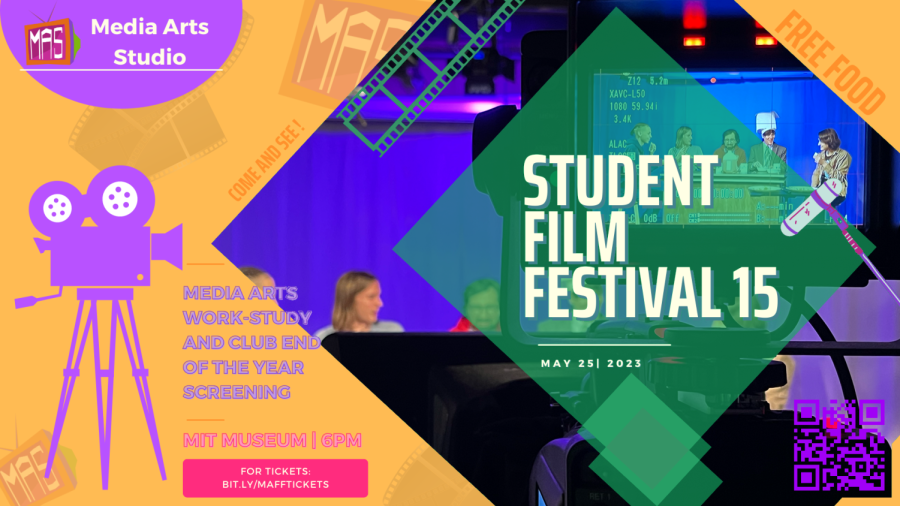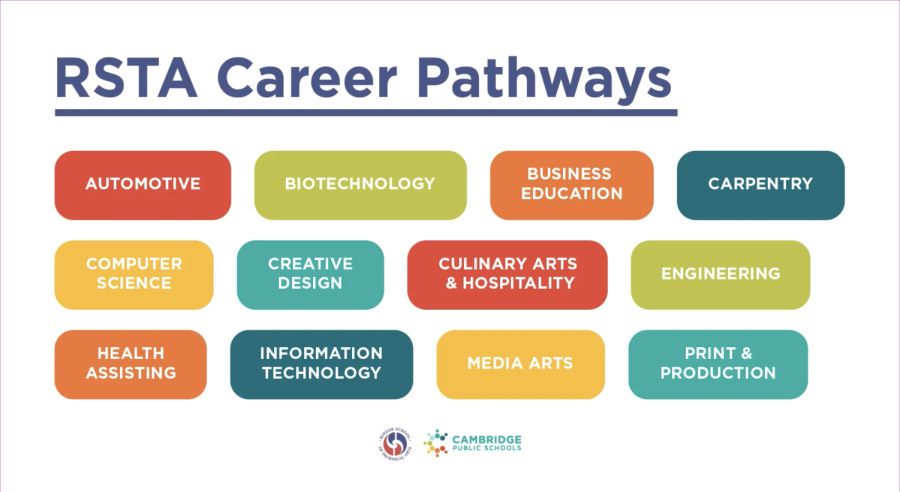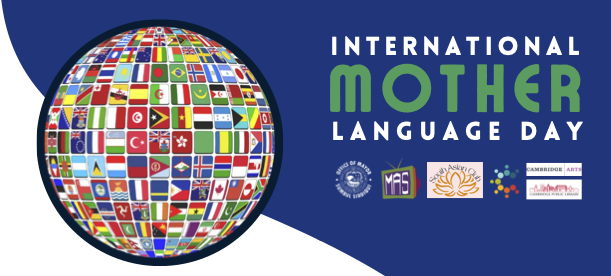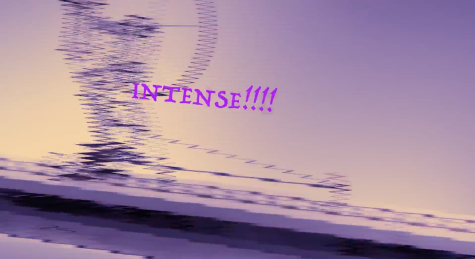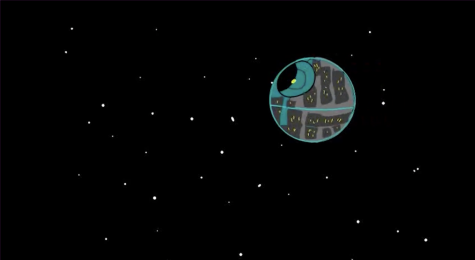Exploring the dada art movement and collage
March 10, 2022
What do Bowie, Pablo Picasso, and photoshop all have in common? The fact that they were all heavily influenced by the dada movement which occurred in the early 20th century. This counterculture, anti-establishment movement, supposedly named at random by one of its founders, was a profound and popular movement in its time. But its founding members would never have imagined the influence their acts of defiance against [the institutions] have had on pop culture nearly 100 years later. Dada was founded just after the outbreak of World War 1 in a cabaret in Zurich, Switzerland. Its members wanted to use their artistic influences to protest the evils that were occurring around them through art and satire. This reaction to the harshness of the times embraced the arbitrary and absurd nature of the shifts around them; the first performance consisted of a gibberish poem, a one-man play, and various other costumed and outlandish showings.
Following the war, these artists spread across the globe, many back to their respective homes, and carried the spirit of dada with them. The New York sect became very anti-art, and spent much of the 1920s protesting major art establishments with their “readymade” pieces. The Berlin sect became the most politically active and influential following the war, protesting the inefficiency and hypocrisy of the Weimar Republic. But it was the Paris group that potentially had the most influence on modern pop culture. While active in France, the members of the group, including Eric Satie and Andre Breton, rubbed shoulders with the likes of Pablo Picasso and Jean Clement Cocteau. These led to many collaborations, which formed the basis of the later and much more well known movement, modernism. One art form utilized frequently by the dadaists was collage, the idea of creating an art piece out of many other more mundane objects resonated strongly with many artists both then and since. Hannah Hoch, a german artist, and one of the few women in the movement, developed and used a tactic of collage called photomontage; cutting and pasting of images to create a larger picture was incredibly popular and served as the basis for much modern digital and graphic design.
In Experimental Media we started the semester studying dada and then creating our own collages seen here.
Students in the class created collages that really prompted me to think about their greater purpose. By creating a specific combination of elements from magazine pages, we can create new meaning that would have been difficult to otherwise notice. Julian M
“What would be profound, thought provoking?” I thought “what would make everyone say wow?” Eventually I just gave up and started flipping through magazines. The one task for my collage was to make the viewer smile and laugh, I looked for images that would be absolutely absurd in the setting I portrayed. I was like a 5 year old with a marker drawing mustaches and eye patches on models in his mothers latest edition of Vogue. Boone G
I was very inspired by the idea of deconstructing something and reconstructing it into something else. After having no clue what I was going to create, I noticed I had a theme of facial features, especially eyes. As I created the collage with no real idea of what I was trying to portray, I just glued things together until I felt like they told a story. Zoe Z
I had no plan so I had to put the pieces together, take them apart, and try again, and again before I started getting somewhere I liked. And once I started to find my direction I was able to look for more photos that would evoke the sense of tension, fantasy, mystery, danger, and comfort that I wanted.
Anna W

